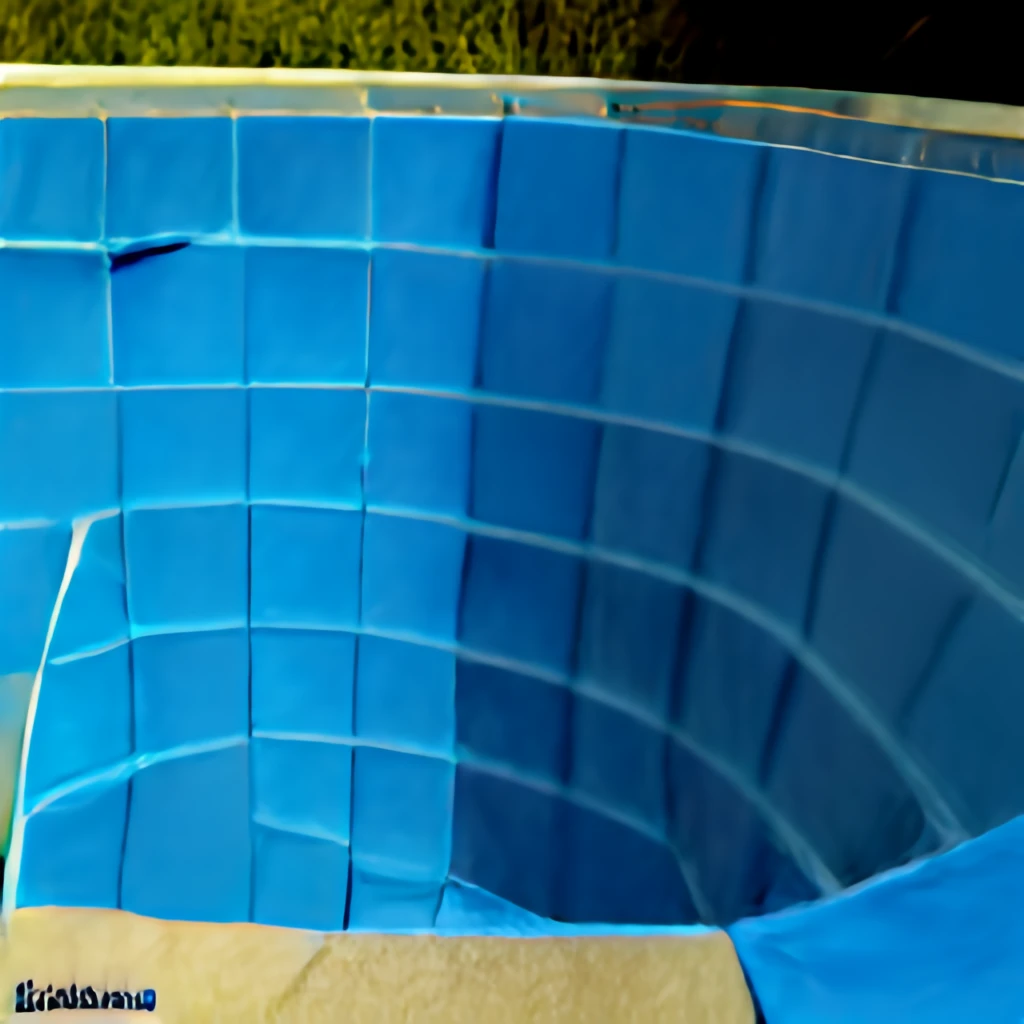The filter media is the workhorse of your pool’s filtration system, trapping dirt, debris, and other contaminants to keep the water clean and clear. But over time, this media will become worn down and less effective, requiring replacement.
So how do you know when it’s time to replace the filter media? As a general guideline, you should plan to replace it every 5-7 years, or sooner if you notice a decline in filtration performance. Some telltale signs include:
- Increased pressure readings on the filter’s pressure gauge
- Cloudy, murky pool water even after backwashing
- Visible degradation or breakdown of the media
Sand filters are the most common type, and the sand itself should be replaced every 5-7 years. Other filter media like DE (diatomaceous earth) or cartridges may need to be changed more frequently, around every 3-5 years.
When it’s time to replace the media, the process is relatively straightforward. First, you’ll need to drain the water level in the filter tank down below the lateral pipes. Then, remove the filter’s cap or lid and scoop out the old media. Dispose of it properly, as the spent media can contain contaminants.
Next, add the new filter media according to the manufacturer’s recommendations. This is usually around 400-500 lbs of sand for a standard sand filter. Reinstall the filter components, making sure everything is properly sealed, then refill the tank with water and start the system back up.
Be sure to backwash the new media thoroughly before returning to normal operation. This helps remove any fine particles and distribute the new media evenly. You may also want to give the system a quick rinse cycle to flush out any remaining dust or debris.
Replacing your pool filter media is an important part of maintaining water quality and keeping your filtration system running efficiently. By staying on top of this routine maintenance, you can extend the life of your equipment and avoid more costly repairs down the line.
